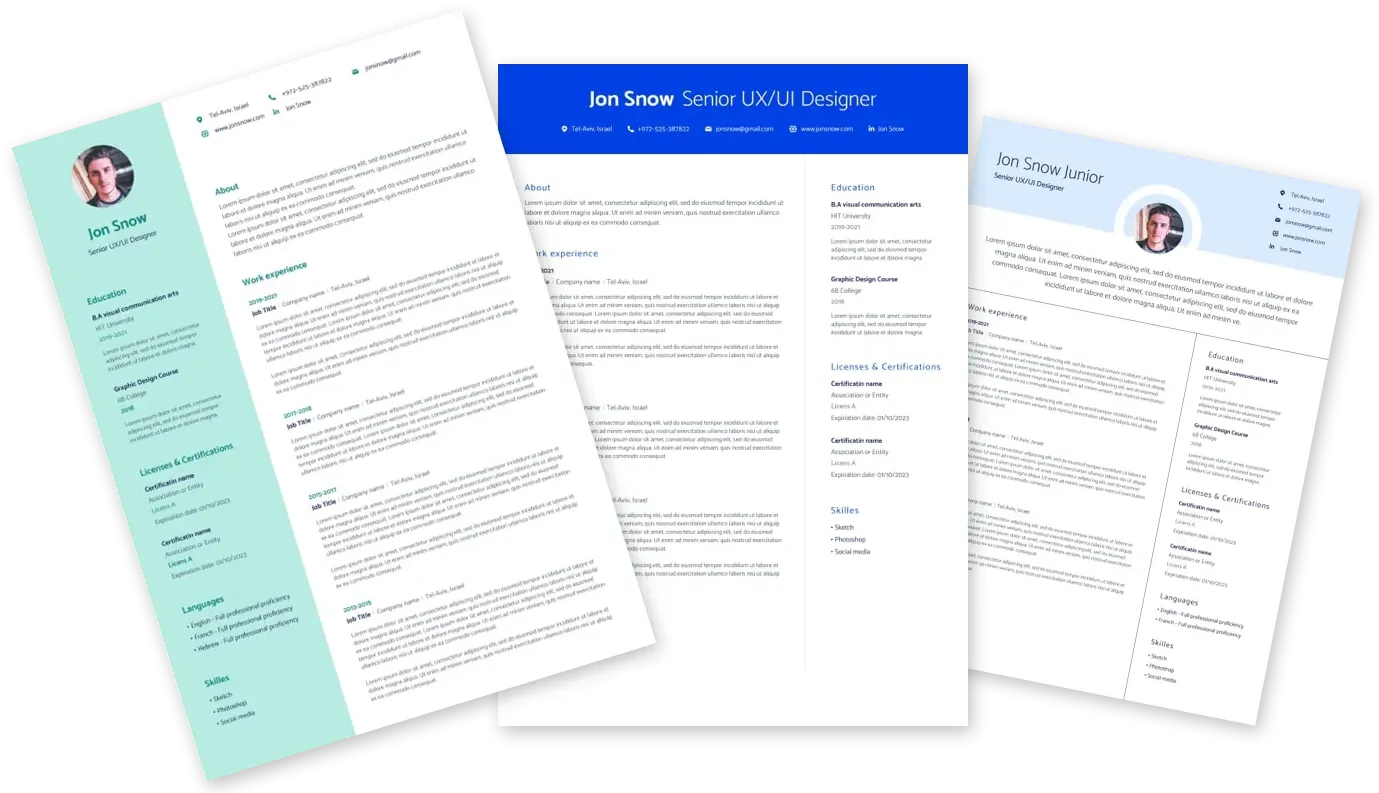
המקום בו המומחים והחברות הטובות ביותר נפגשים

Intuit Staff Fraud Risk Analyst Kenya, Nairobi County, Nairobi 691607147
05.09.2025
Responsibilities
- Lead the end-to-end development and continuous enhancement of loss forecasting models using statistical, econometric, and machine learning methods.
- Own the monthly and quarterly loss forecasting cycles , partnering with Finance, Risk, and Product to deliver insights and ensure alignment with strategic goals.
- Translate macroeconomic indicators, internal credit performance, and product changes into refined forecast assumptions and actionable scenarios.
- Drive stress testing , scenario planning, and sensitivity analysis.
- Maintain strong governance and audit readiness for forecasting models, documentation, and regulatory compliance.
- Serve as a subject matter expert on loss forecasting and credit analytics for cross-functional stakeholders and executive leadership .
- Mentor junior analysts and influence cross-team modeling standards and best practices.
- Leverage data visualization platforms (e.g., Power BI, Tableau ) to present results and track forecast performance.
Required:
- Bachelor's or Master’s degree in Economics, Finance, Statistics, Data Science, or a related field.
- 8–10+ years of experience in credit loss forecasting, credit risk analytics , or quantitative finance , with increasing responsibility.
- Demonstrated expertise in loss modeling , economic drivers of credit risk, and lifecycle behavior of consumer or small business credit products.
- Proficiency in SQL and either Python , R , or SAS for large-scale data analysis and modeling.
- Deep understanding of regulatory frameworks including and stress testing requirements.
- Strong business acumen and ability to collaborate with cross-functional partners in Finance, Product, Risk, and Engineering .
Preferred:
- Significant experience in fintech , major banks, or consulting.
- Strong knowledge of Quicksight, Tableau, or other BI tools for visualization and dashboarding..
- Expert storytelling and presentation skills—ability to explain complex concepts to non-technical audiences.
- Familiar with machine learning and similar modeling techniques.
What You’ll Bring to the Team
- A data-driven mindset with strong attention to detail and a passion for solving complex problems.
- Ability to think critically about model assumptions and the implications of forecast outputs.
- Comfort working in a fast-paced, cross-functional environment with multiple stakeholders.
- Curiosity and a proactive approach to improving existing processes and uncovering new insights.
משרות נוספות שיכולות לעניין אותך
